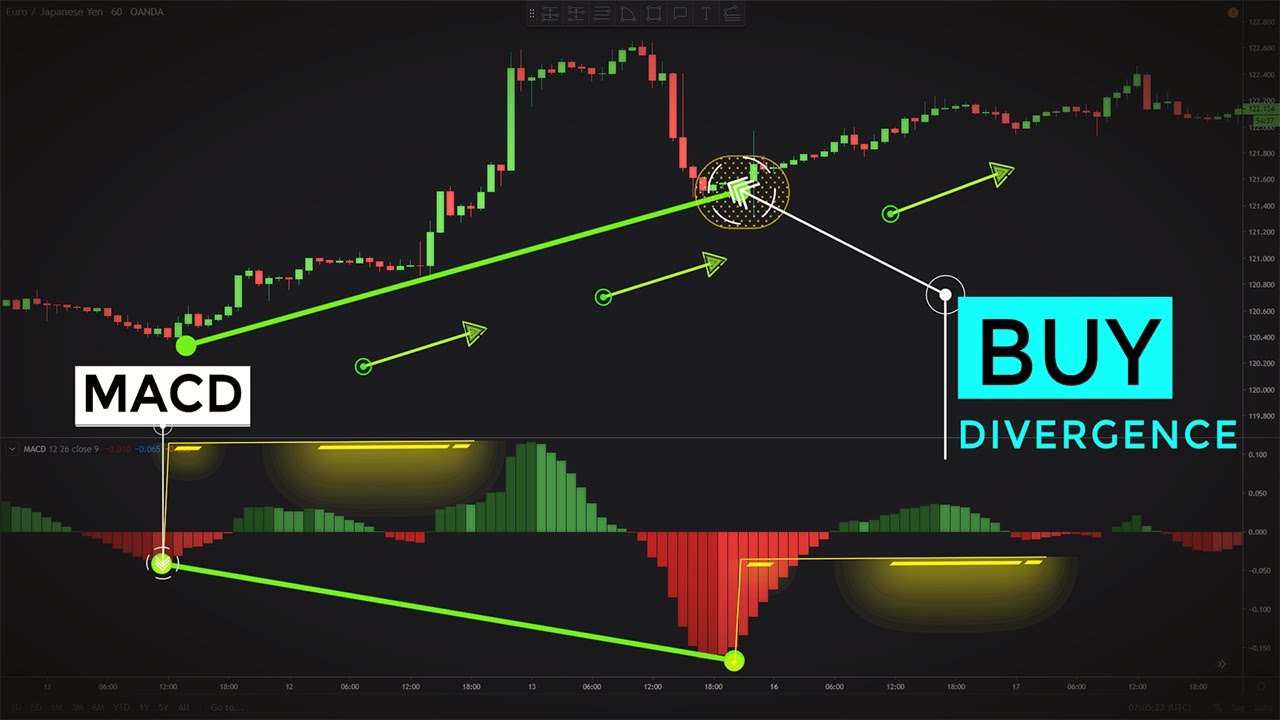Divergence in Forex

Divergence in Forex is a key concept used actively to predict price movements. Understanding and recognizing divergence can significantly enhance the effectiveness of trading strategies.
Divergence occurs when there is a discrepancy between the direction of price movement and that of an indicator, such as an oscillator. This situation arises when the asset’s price shows one trend (for example, an upward movement), while the indicator reflects another direction (such as a downward trend). Such a phenomenon signals that a change in the current trend may be imminent.
Divergence is one of the most powerful tools for identifying potential trend reversals, allowing traders to make more informed decisions on when to enter or exit trades. However, it should not be viewed in isolation as a guarantee of strong reversals. It is most effective when used in conjunction with other technical analysis tools—such as support and resistance levels, candlestick patterns, or trading volume.
The significance of divergence signals increases on longer time frames, like daily or weekly charts, compared to shorter ones; signals on higher time frames are generally more reliable.
It’s also important to consider the overall market context and fundamental factors. For example, in a strong trending environment, signals of divergence may prove false and not lead to significant price changes.
False signals can emerge during ranging markets or amidst market noise. To filter out such signals, traders can employ additional tools, such as moving averages or volume indicators.
One of the main challenges in trading based on divergence is the occurrence of false signals, particularly during strong trends. For instance, in a sustained bullish trend, the price may keep rising despite bearish divergence signals, leading traders to potentially miss profit opportunities or incur losses.
Divergence usually appears following significant price movements, which makes it a lagging indicator. This implies that by the time a signal is generated, much of the movement may have already occurred, potentially limiting further price action.
In real market conditions, these signals are not always easy to detect. They can sometimes be subtle or contradictory, complicating the decision-making process. Different indicators may indicate various types of divergence, adding another layer of complexity.
Trading based on divergence requires practice and ongoing analysis. Regularly reviewing your trades and assessing both successful and unsuccessful entries can help refine your strategies. It’s also advisable to backtest your ideas against historical data before applying them in the live market.
In summary, divergence in Forex is a valuable tool for all market participants. The ability to recognize and interpret divergence correctly can greatly improve the accuracy of forecasts and overall trading performance. By integrating this knowledge into your trading approach, you can navigate the complexities of the Forex market more effectively and enhance your potential for success.